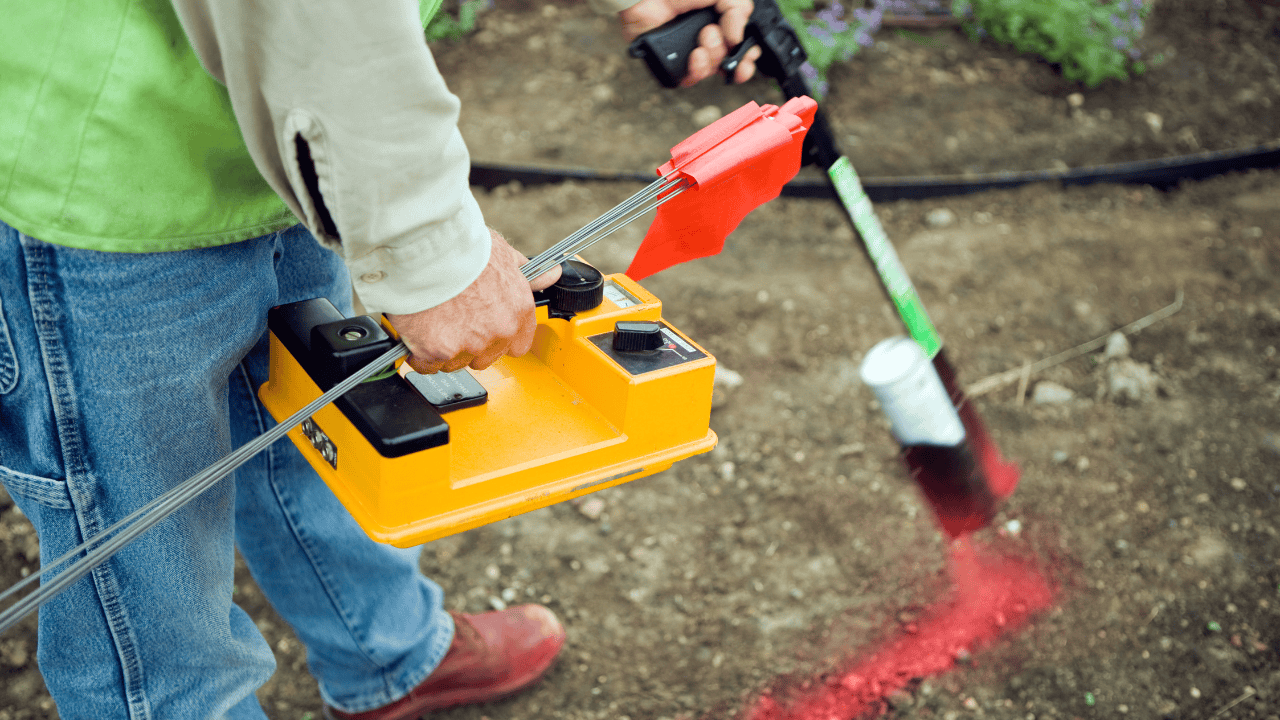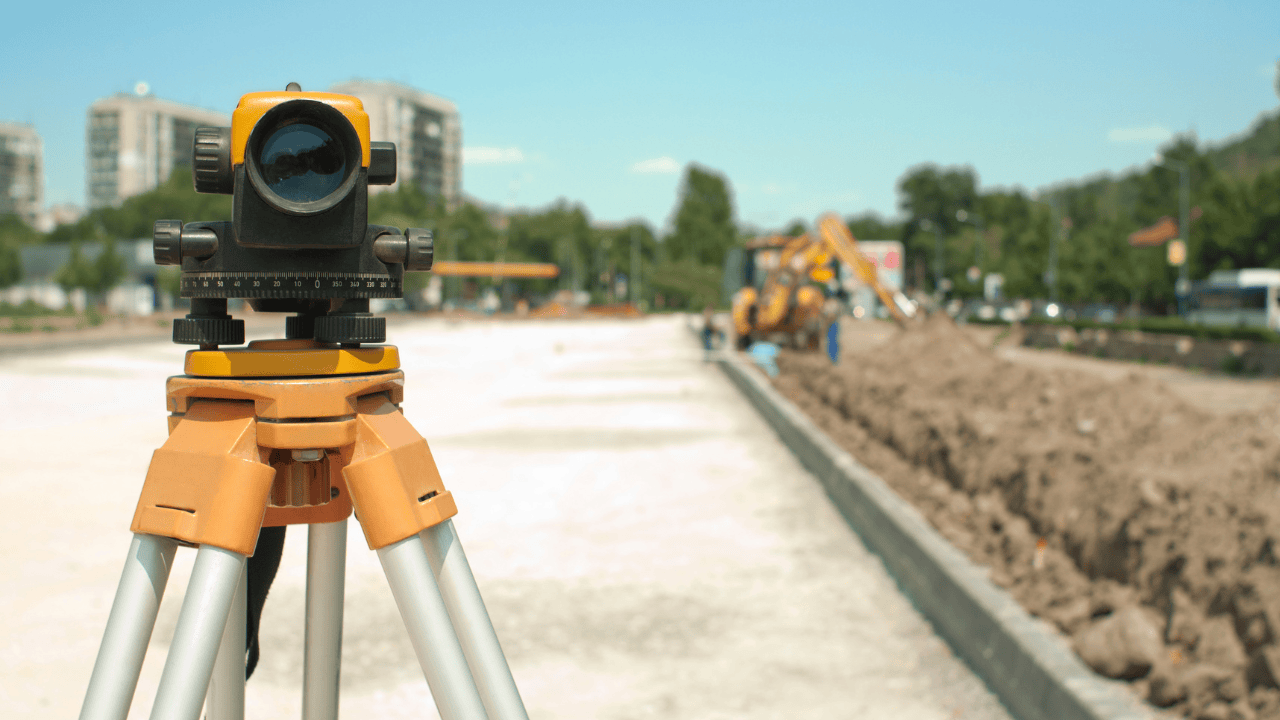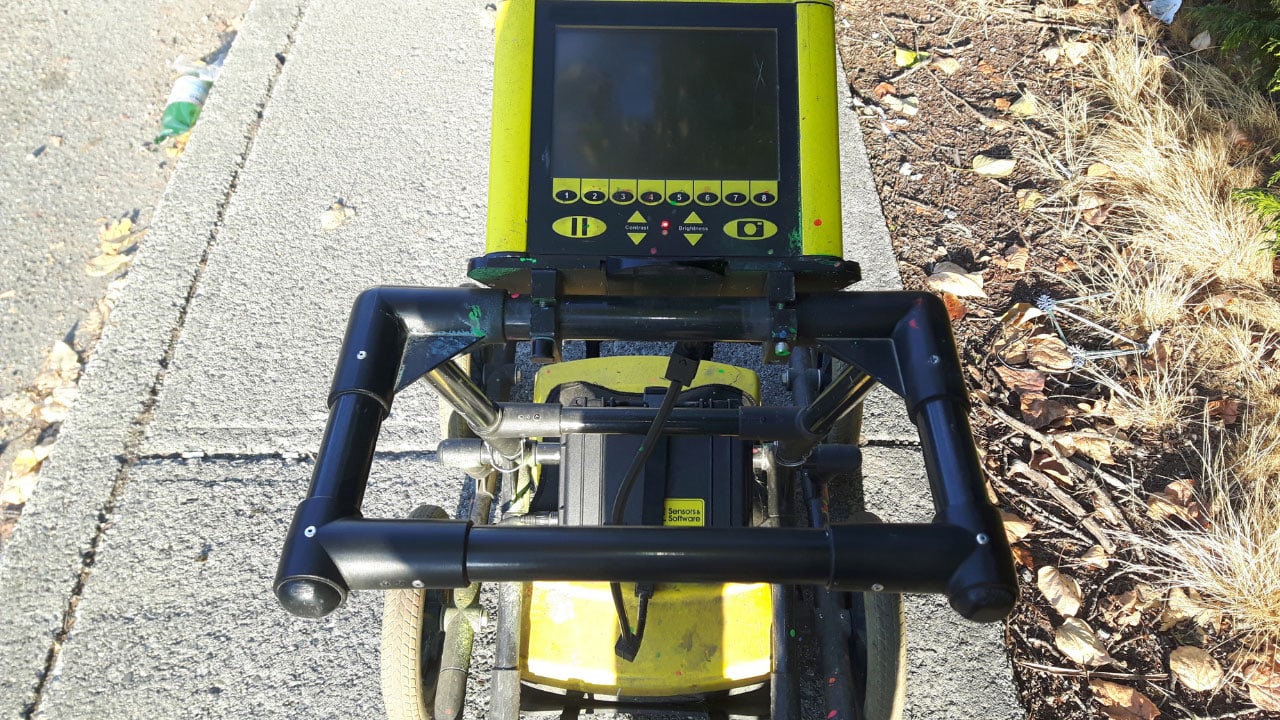Key Takeaways:
- Accurately identifying underground electrical lines is crucial for preventing accidents, avoiding costly damages, and ensuring the safety of construction projects.
- The article explores both traditional techniques like visual inspection and historical records, as well as advanced technologies such as electromagnetic locators, ground penetrating radar (GPR), and radio frequency identification (RFID).
- Hiring experts can provide accurate results, reduce risks, and ensure compliance with regulations.
- Modern tools like electromagnetic locators and GPR offer precise and efficient methods for locating underground utilities.
- Accurate maps of underground infrastructure are essential for safe and sustainable urban development.
In today’s complex urban environments, the presence of underground utilities, particularly electrical lines, poses significant challenges for construction and renovation projects. Utility locating has become an indispensable practice to ensure safety, prevent costly damages, and maintain the integrity of existing infrastructure.
This comprehensive guide will explore various methods used in utility locating to identify underground electrical lines, from traditional techniques to cutting-edge technologies.
Utility Locating
Underground electrical lines are the lifeblood of our modern infrastructure, silently powering homes, businesses, and public spaces. However, these hidden networks can pose serious risks if accidentally damaged during excavation or construction activities.
This is where the critical practice of utility locating comes into play. By employing a range of methods and technologies, professionals can accurately identify and map underground electrical lines, ensuring safe and efficient project execution.
Traditional Methods of Locating Buried Electrical Lines
Before the advent of modern technology, locating underground utilities relied heavily on manual techniques and basic tools. While these methods may seem outdated, they still play a crucial role in utility location, especially when used in conjunction with more advanced technologies.
1. Visual Inspection
One of the simplest yet often overlooked methods is visual inspection. Experienced utility locators can identify above-ground indicators of underground electrical lines, such as:
- Utility poles and overhead lines
- Transformer boxes
- Meter boxes
- Manhole covers
- Pavement cuts or patches
These visual cues can provide valuable initial insights into the potential location of underground electrical infrastructure.
2. Historical Records and As-Built Drawings
Utility companies and local municipalities often maintain records of underground utility installations. These historical documents, including as-built drawings and infrastructure maps, can offer a starting point for locating buried electrical lines. However, it’s important to note that these records may not always be up-to-date or accurate, especially in older areas where multiple infrastructure changes have occurred over time.
3. Magnetic Locators
Magnetic locators are handheld devices that detect the magnetic fields generated by ferrous metals. While not specifically designed for locating electrical lines, they can help identify metal conduits or pipes that may house electrical cables. This method is particularly useful for locating shallow utilities but becomes less effective as depth increases.
Modern Technologies for Locating Buried Electrical Lines
Advancements in technology have revolutionized the field of utility locating, offering more precise and efficient tools and devices for identifying underground electrical lines.
1. Electromagnetic Locators
Electromagnetic (EM) locators are among the most widely used tools in modern utility locating services. These devices consist of two main components:
- A transmitter that induces an electromagnetic signal into the utility line
- A receiver that detects the signal and helps trace the path of the utility
EM locators are highly effective for locating conductive utilities, including electrical lines. They can provide information on the depth and direction of the utility, making them invaluable for creating accurate utility maps.
2. Ground Penetrating Radar (GPR)
Ground Penetrating Radar has emerged as a powerful tool in underground utility locating. GPR works by emitting high-frequency radio waves into the ground and analyzing the reflections to create a subsurface image. This technology offers several advantages:
- It can detect both metallic and non-metallic utilities
- It provides a comprehensive view of subsurface conditions
- It can identify utilities at various depths
GPR is particularly useful in complex urban environments where multiple utilities may be present at different depths.
3. Radio Frequency Identification (RFID)
RFID technology is gaining traction in utility locating, especially for newly installed infrastructure. RFID tags can be attached to utility lines during installation, allowing for easy and accurate location in the future. This method offers:
- Precise location information
- Data storage capabilities for utility specifications
- Long-term durability
While RFID is not yet widespread for existing utilities, it represents a promising future direction for utility management and location.
4. Acoustic Pipeline Locators
Although primarily used for water and gas lines, acoustic pipeline locators can sometimes assist in locating electrical conduits, especially when used in conjunction with other methods. These devices detect the sound waves propagating through pipes or conduits, helping to trace their path underground.
Why Hire a Professional Utility Locating Company to Locate Buried Power Lines
While some of these methods may seem straightforward, locating underground electrical lines is a complex task that requires expertise, specialized equipment, and a comprehensive understanding of local infrastructure. Here are several compelling reasons to hire a professional utility locating service:
1. Expertise and Experience
Professional utility locators bring years of experience and specialized knowledge to the table. They understand the nuances of different locating methods and can choose the most appropriate techniques for each specific situation. Their expertise allows them to interpret data accurately, reducing the risk of misidentification or missed utilities.
2. Advanced Equipment
Professional utility locating companies invest in state-of-the-art equipment that may be too costly or impractical for individual contractors or homeowners to purchase. This advanced technology ensures more accurate and comprehensive utility detection.
3. Safety Assurance
Incorrectly identified or undetected electrical lines pose severe safety risks. Professional utility locators prioritize safety and follow strict protocols to ensure all utilities are accurately located and marked, significantly reducing the risk of accidents during excavation or construction.
4. Cost-Effective in the Long Run
While hiring a utility locating service may seem like an additional expense, it can save significant costs in the long run by preventing utility damage, project delays, and potential legal issues associated with utility strikes.
5. Compliance with Regulations
Professional utility locators are well-versed in local, state, and federal regulations regarding underground utility detection and excavation. They ensure that all locating activities comply with these regulations, protecting you from potential legal and financial liabilities.
Ready to Protect Your Site?
Ensure the safety and efficiency of your projects with cutting-edge utility locating technology. At Util-Locate, we offer comprehensive utility locating services that leverage advanced techniques to identify underground electrical lines and other utilities accurately.
Contact us today to learn how our expertise can benefit your construction or excavation projects in California and keep you compliant with all regulations. Protect your site, your workers, and the community with Util-Locate’s professional utility locating services. Don’t leave the safety of your project to chance. Invest in expert utility locations for peace of mind and project success.






